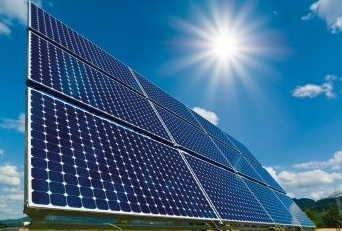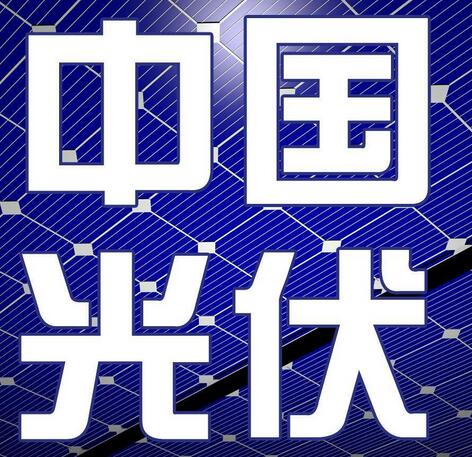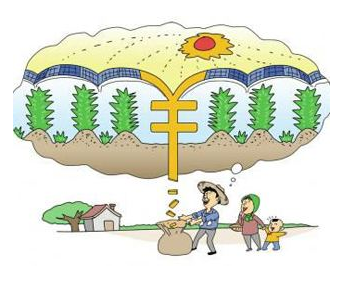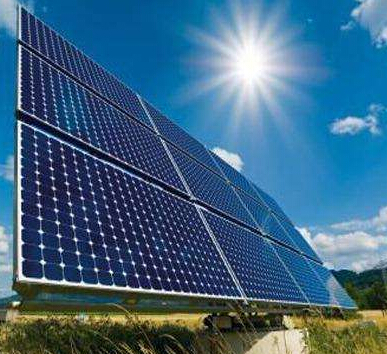Although China's new energy has developed rapidly in recent years, the phenomenon of abandoning wind and abandoning light still exists. How to integrate fragmented green energy has become the key to the development of the industry.
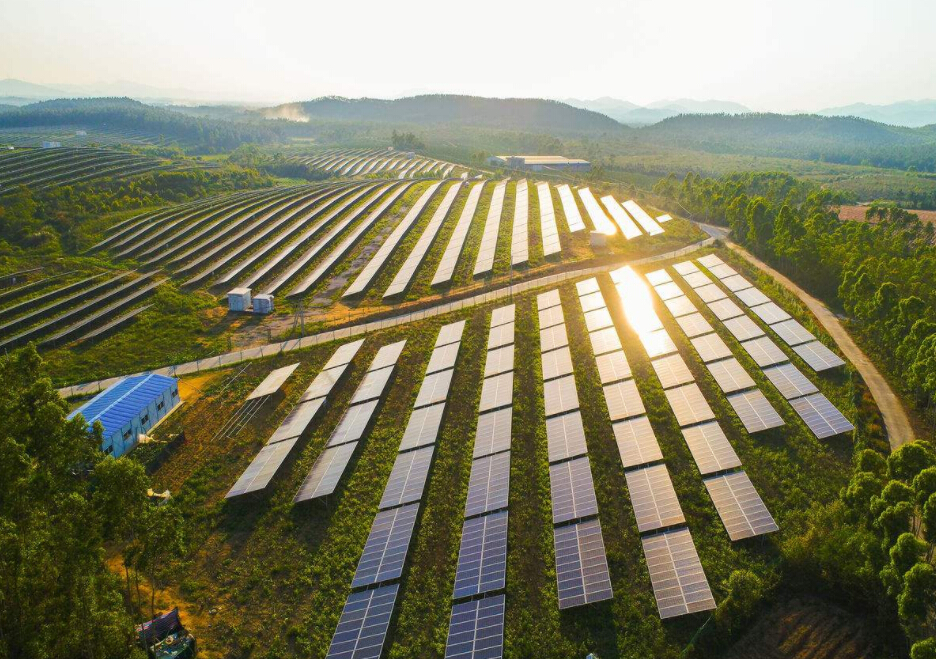
According to data released by the National Energy Administration of China, as of the first half of 2018, the installed capacity of photovoltaic power generation in China reached 154.51 million kilowatts, including 122.6 million kilowatts of photovoltaic power plants and 41.903 million kilowatts of distributed photovoltaics. In the first half of the year, photovoltaic power generation was 82.39 billion kWh, a year-on-year increase of 59%.
Tao Ye, deputy director of the Renewable Energy Development Center of the Energy Research Institute of the National Development and Reform Commission, said that although the 5.31 policy has attracted market attention, in terms of scale, China's photovoltaic development in 2018 is still very good. It is estimated that the cumulative installed capacity of PV will exceed 40GW this year.
Concerning the market's concerns about the New Deal, Tao Ye emphasized that the strategic tone of the Chinese industry has not changed for the renewable energy represented by photovoltaics, and our support for it is also unshakable.
Under the circumstances that the external macro environment is basically stable, many people in the industry believe that the key to the development of new energy represented by photovoltaics lies in repairing internal strength.
Li Lizhen, an academician of the Chinese Academy of Engineering, said that in recent years, the share of coal in China's energy stations has continued to decline, which is due to the support of renewable energy. However, at present, the proportion of renewable energy is still very low, and the phenomenon of abandoning wind and abandoning light still exists.
According to the National Energy Administration, in the first half of 2018, the light rejection rate was 3.6%, down 3.2 percentage points year-on-year. The abandoned light is mainly concentrated in Xinjiang and Gansu. Among them, Xinjiang (excluding the Corps) abandoned 1.35 billion kWh of light, and the light rejection rate was 20%, down 6.1 percentage points year-on-year; Gansu abandoned photoelectricity 590 million kWh, and the light rejection rate was 11 %, down 11 percentage points year-on-year
In addition to being unable to access the network and presenting a fragmented state, the development of distributed wind and solar energy in a fragmented state is equally challenging.
In Ding Jie's view, the advancement of energy storage technology may be the key to the industry's breakthrough bottleneck. He said that if battery technology has developed by leaps and bounds, the problem of new energy volatility will be improved, and the network will be very simple.
Connecting the fragmented energy to a platform in an intelligent way is also a breakthrough bottleneck in the industry. Li Lizhen said that in the future, he hopes to establish a multi-energy interactive and integrated Internet + smart energy system.
















 RCCN WeChat QrCode
RCCN WeChat QrCode Mobile WebSite
Mobile WebSite


